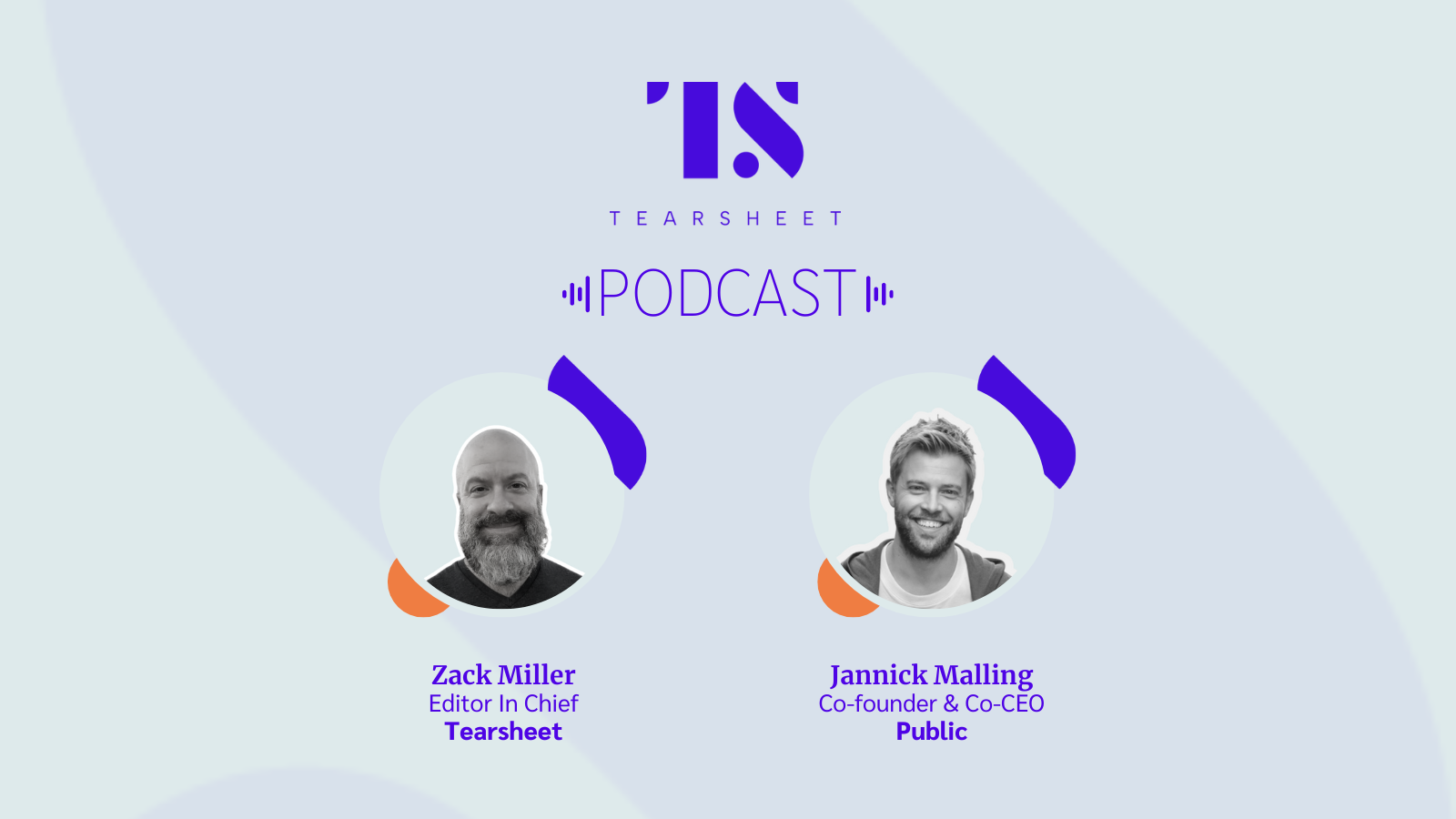Podcasts
‘With GameStop, we basically doubled our userbase in just a few days after having 13X’d it the year before’: Public’s Jannick Malling
- After a year of massive growth, investing app Public faced an incredible opportunity: the GameStop stock trading frenzy.
- Co-CEO Jannick Malling joins us on the podcast to discuss how he and his team navigated this flood of interest in his firm and where the company is headed in the future.









